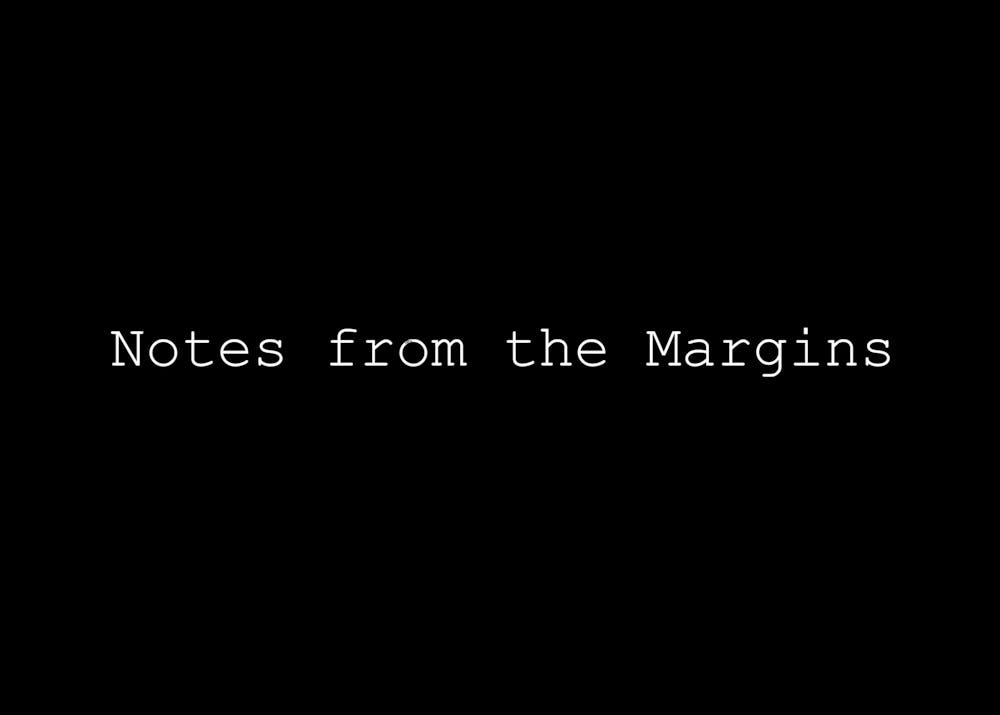Editor’s Note: The views and opinions expressed in this article do not reflect those of The Collegian.
Hello everyone,
I hope your semester has been off to a great start. My semester has been going pretty well, and I can only imagine that restarting my column will make it better.
Last semester, I ended the column by sharing my findings from the “Health Gap” because of how it looked at socioeconomic factors in relation to healthcare. This semester, I plan to dive deeper into looking at the effect of socioeconomic factors on the American experience.
The United States is no stranger to diversity. One of the landmark moments in U.S. history was the opening of the Ellis Island Immigration Station in 1894, which allowed people from other countries to come to the U.S. and start a new life. Although its operations reduced significantly after 1924, Ellis Island is an enduring part of the United States’ commitment to providing refuge to strangers.
After Ellis Island, the next time the U.S. opened its doors to immigrants in a significant way was in 1965 when the Hart-Celler Act was signed into law. This law abolished a federal quota system that restricted immigration of people outside of Western Europe to the U.S. Even though the law prioritized the immigration of highly skilled workers and people who already had family in the U.S., it highlighted the U.S.'s commitment to including diverse perspectives in creating a better country.
Although the term was not coined until much later, many of the people who immigrated to the U.S. came to realize what we now call the “American Dream.” These people came here based on the promise of a society that would offer material comfort and economic opportunities regardless of their status at birth.
If those same people immigrated to the U.S. today, it would no longer be the land of opportunity they dreamed of so many years ago. Upward social mobility has been on a decline since the 1940s. Income for the upper class is increasing, while middle class and low-income families have stagnated and fallen respectively. I plan to look at the effects of this socioeconomic inequality are what this semester.
The first book I will be looking at is “A Tale of Two Americas” by John Freeman. This is a book of how the working class, immigrants and people of color have been left behind in the wake of wealth accumulation by members of the upper class. Here we will look at how their lives differ from the cosmopolitan representations of American life frequently portrayed on television.
The second book I will be looking at, “The New Urban Crisis” by Richard L. Florida, goes into depth about the role gentrification plays in worsening the effects of socioeconomic inequality by promoting segregation and uncertainty.
The last book I will be looking at, “The Meritocracy Trap” by Daniel Markovits, will be the last for the semester because it debunks the underlying premise of the American Dream- the idea that every advantage should be earned through ability and effort.
I genuinely believe that learning can be a force to change the world, and I hope that by taking time to delve into these issues, I am able to make convince you of the urgency to reexamine the world we inhabit.
Enjoy what you're reading?
Signup for our newsletter
Kind regards,
Abdul
Contact multimedia editor Abdulghaffah Abiru at ghaffah.abiru@richmond.edu.
Support independent student media
You can make a tax-deductible donation by clicking the button below, which takes you to our secure PayPal account. The page is set up to receive contributions in whatever amount you designate. We look forward to using the money we raise to further our mission of providing honest and accurate information to students, faculty, staff, alumni and others in the general public.
Donate Now


